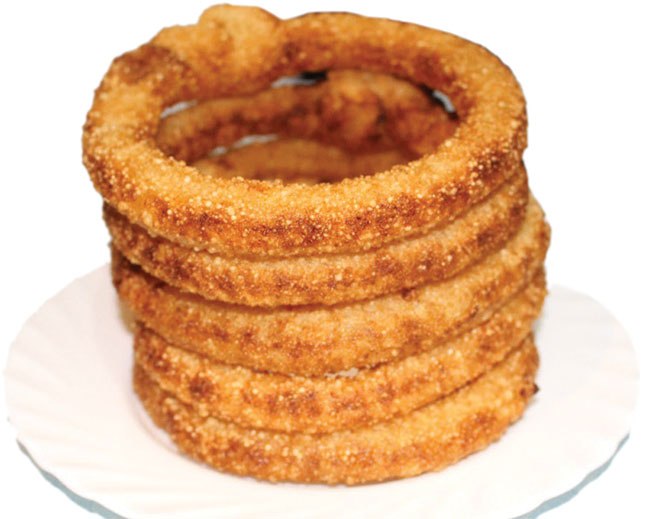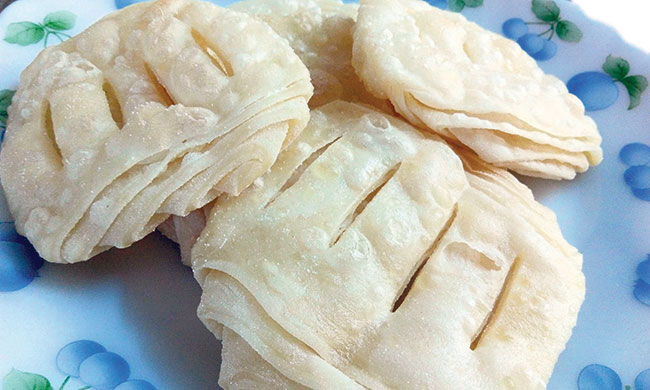Tips to make Tihar specialties properly
Tihar is one of the most loved festivals in Nepal as it is celebrated throughout the country and one of its most enjoyable perks is the food items prepared specifically during this time of the year. Although a lot of you already know the recipes for various Tihar foods, many sometimes miss out on some key points that you have to get right to prepare these food items perfectly.
To make sure that isn’t the case this festive season, The Week has rounded up a few tips for four popular Tihar food items that will take your cooking to the next level.
Anarsa

Anarsa is a staple for Tihar. You will find these sweet and crispy rotis in every household during the festival of light. It is not that hard to make them but there are definitely some key points in the recipe that most people get wrong.
Sugarless treats

Things to remember
If you are making the rice flour by yourself then make sure you soak the rice in water for at least 10 hours before grinding it to make the flour.
The sugar-rice flour ratio is super important to get the correct texture of anarsa. So if you mess that up, your anarsa will look, taste and feel very different. Once you fix the amount of flour to be used, use exactly half the amount of sugar for your recipe - i.e. if you use three cups of flour, use one and half cup of sugar.
Many forget to add lemon juice to the mix before sticking the poppy seeds. Squeeze at least two lemons over the mix before you move onto other procedures.
The rotis should not be too thin. Instead, make them about half inch thick.
Do not flip the anarsa over while it’s frying. The side with the poppy seeds should be facing the bottom of the pan.
Sel roti

We simply can’t leave out sel roti in a list of Tihar foods. It is the classic Tihar mithai and arguably the most popular sweet food item in Nepal. The ironic thing is, a lot of Nepalis can’t make proper sel rotis. Here are some key points you should know to prepare them properly.
Things to remember
The rice that is going to be turned into flour should be soaked in water for at least 10 hours before grinding time.
For puffier sel rotis, add a little more ghee than usual. This is what makes the sel roti puffy.
The oil in the fry pan should be very, very hot before your pour the sel roti mix into it. Otherwise, it will affect the shape of the sel roti and you will not get a perfectly round one.
Use a long thin stick to move the sel roti around in the pan. You can also use this to tweak the shape of the sel roti. However, this only works within a few seconds after you pour the mix in the hot oil.
If you find it difficult to pour the mix into the pan, use a funnel. This will make sure you don’t burn yourself during the process and will also help you give a proper shape to the sel roti.
Fini roti

Fini roti is more commonly made in Kathmandu valley than anywhere else in Nepal. It has a very enjoyable texture and the recipe for it is not that hard to follow either. The only downside of it is that it takes a lot of time to prepare.
Things to remember
Traditionally, ghee is used to make the ‘satho’ but it is better to use butter instead because this creates better texture.
Add a bit of rice flour to white flour and butter to make the ‘satho’ paste instead of using just white flour for it.
Roll the dough into a very thin layer – as thin as you can go without breaking it. Otherwise, the fini roti might turn out to be a little lumpy.
Spread the ‘satho’ all over the rolled roti making sure that you don’t miss any section.
Remember to cook it in high heat. Also, remember to take the fini roti out of the pan before it turns brown.
Lakhamari

Lakhamari is also known as ‘khurma’ or ‘batareko mithai’. It is more popular within the Newari community but Nepalis from all over the country love this delicious treat too.
Things to remember
Mix oil or ghee and egg into the flour before you proceed any further into making the lakhamari.
You don’t have to be very specific about the shape of the lakhamari but it will look good if all of these ‘mithais’ are similar in size.
You can fry multiple lakhamaris at the same time. Just make sure none of them are touching one another. (If they touch, then they tend to stick together.)
You don’t need a ton of sugar for the ‘chasni’. Also, water and sugar used for the ‘chasni’ should be in 2:1 ratio i.e. for two cups of water use only a single cup of sugar.
Let the fried ‘mithais’ cool down before you add ‘chasni’ to them. ‘Chasni’ sticks to cool food more easily.








































